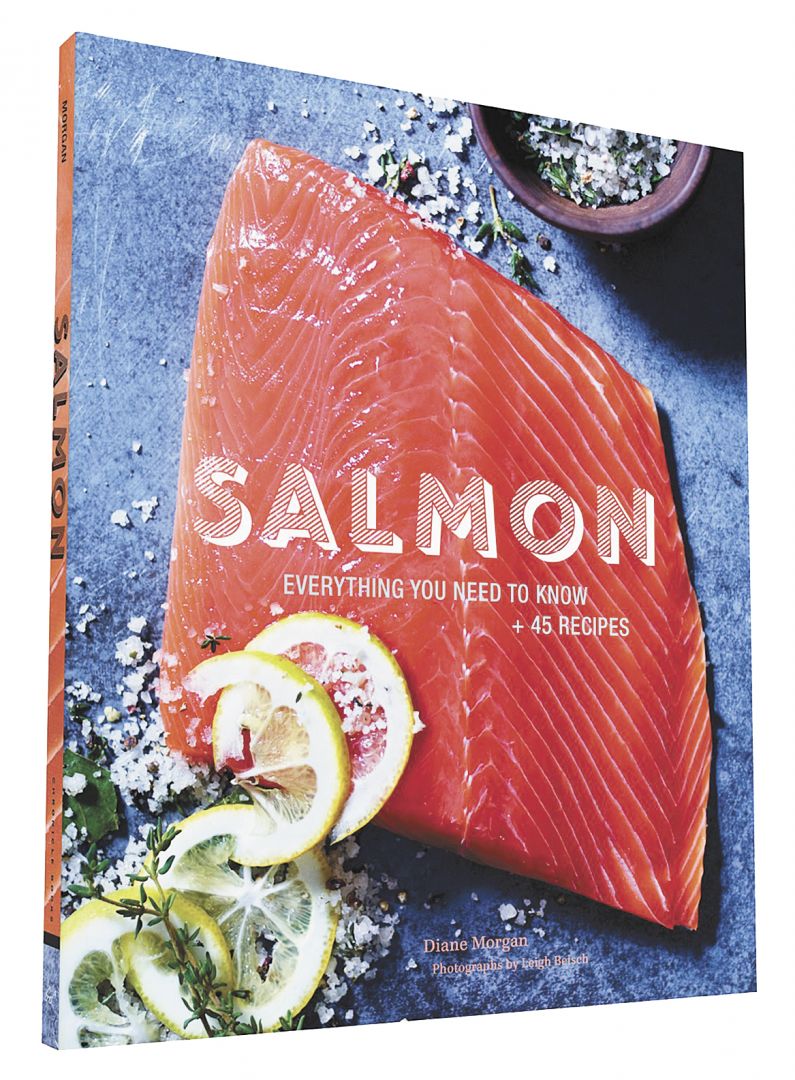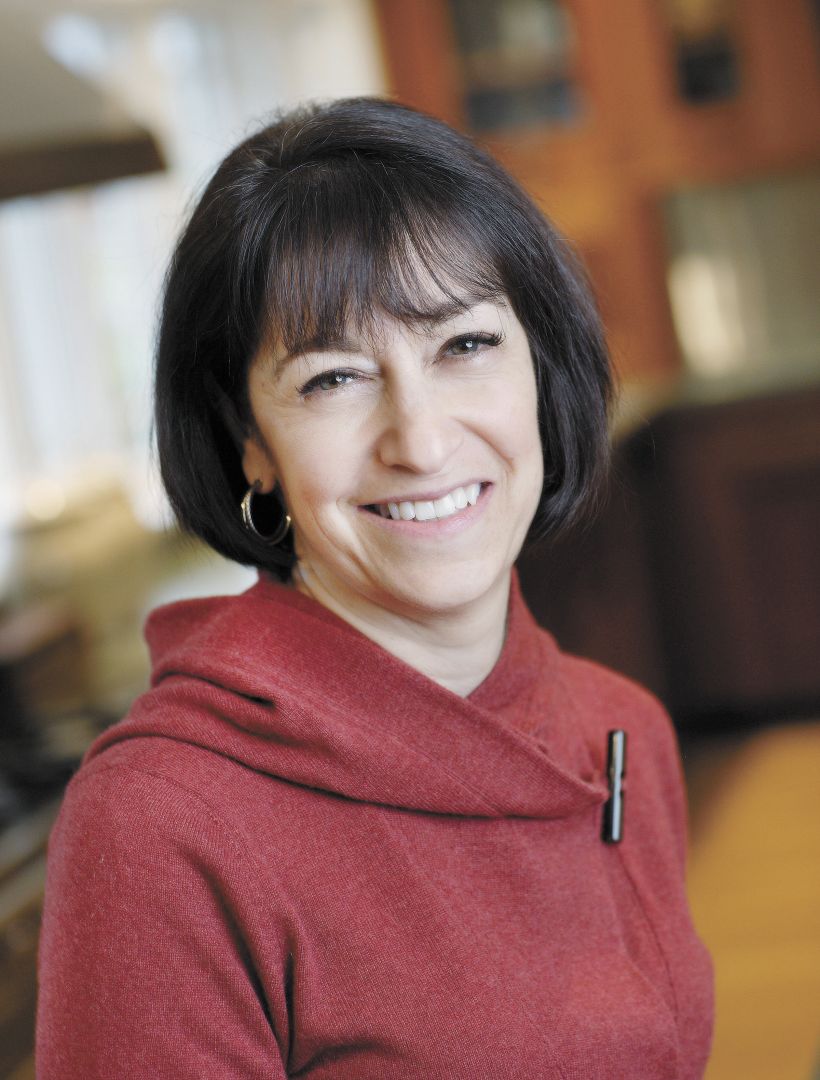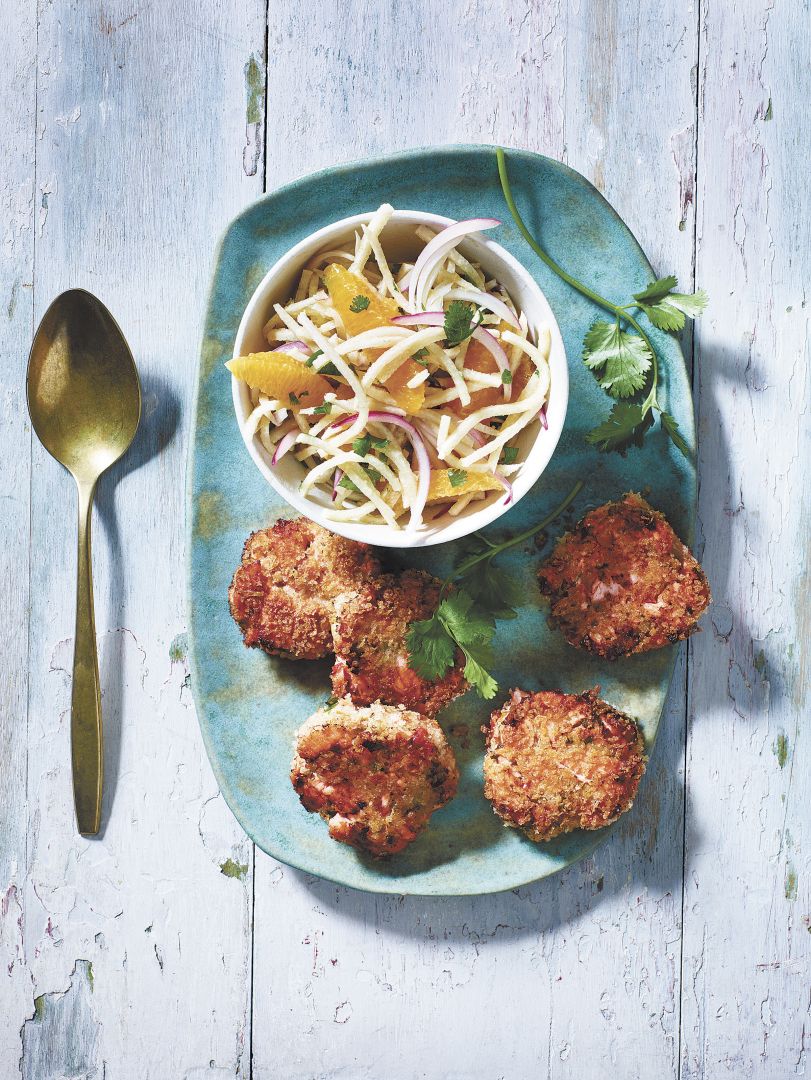For Salmon’s Sake
New cookbook separates fishy facts from fish tales

Fish is difficult to prepare, or so many home cooks think. But also, seafood can be fraught with confusing product designations — was it farm-raised or wild-caught?
What does it mean to say “organic” salmon? Then, there’s the slippery issue of whether the fish is fresh, previously frozen or the oxymoronic “fresh-frozen.”
“Good consumers want to get it right,” Portland cookbook author Diane Morgan said. “But fish is tricky, so they just eat it in restaurants and never cook it at home.”
In her new cookbook, “Salmon: Everything You Need to Know + 45 Recipes” (Chronicle Books, 2016), Morgan dives into the murky waters of salmon farming and explores many other issues currently surrounding fish production.
Morgan also reveals the best cooking techniques and methods she’s found for maximizing the fish’s flavor.
“People who live in an apartment may never cook any kind of fish, but when you slow roast salmon, it won’t make your home smell for two weeks,” she said. “I want to dispel the anxiety of it.”
Follow the fishmonger
Since moving to Portland in 1983 from Chicago, where she cooked and catered professionally, Morgan, like many naturalized Northwesterners, developed a special affinity for salmon — not just its flavor, but also its rich culture and place in history.
Morgan points out the River Thames in England and Europe’s Rhine River were once grand salmon runs. But as cities established along the riverbanks, the once-fertile waters became polluted and harnessed for energy, gutting the salmon habitats that drew people to settle its shores originally.
Today, salmon is the third-most consumed fish in the U.S., behind shrimp and tuna. While the majority of salmon sold is canned, fresh fillets of the distinctive pink-orange-red fish are available in almost every supermarket.

“You can go to Fred Meyer, and they’re offering fresh seafood. You don’t have to go to a specialty fish shop. In season, you can get wild salmon at Costco — it’s not just the fancier markets,” Morgan said.
With popularity and accessibility comes responsibility, however.
“The big question is how we’re meeting that demand,” she said. “It’s important to know what you’re buying.”
Morgan stressed the importance of knowing your fishmonger: “Let them be your guide. Even in the bigger stores, ask who manages the fish counter.”
On the West Coast, from California to Oregon, Washington, British Columbia and Alaska, the majority of salmon consumed is “wild-caught,” which sounds good, but the truth is that most hatchlings start in a fish hatchery, so they’re not “wild” in the truest sense.
In fact, recent science reveals that the DNA of hatchery-spawned salmon has changed, which Morgan finds especially disconcerting.
“The way we’re manipulating the environment, it’s disturbing,” Morgan said. “But it is delicious and a great protein source. From a carbon dioxide standpoint, it’s way better than eating beef.”
Salmon for every season
For this cookbook, her second on salmon, Morgan sought out unique ways to tackle cooking the fish, including curing it with pastrami spices (p. 54), stir-frying (p. 77) and grilling on a bed of herbs (p. 114).
“It’s always fun to get in the kitchen, take a single subject and go for it,” said Morgan, who has authored 17 cookbooks and counting. “It takes intensity, figuring out the nuances of recipes.”
Chapters are structured according to cooking method. Recipes start with whole fish preparations, followed by whole fillets (sides), then portion sizes, down to leftovers. “I really insisted on that last chapter,” Morgan stated. “There should be no waste.”
Salmon is an easy fish to prepare and make delicious without a lot of work, Morgan said. “Just rub a piece of fish with a little olive oil, season it with salt and pepper and cook it.”
Keep in mind that some varieties of salmon are more suitable for specific preparations.
“Sockeye is really high in fat, so it’s great for smoking. For a dinner entrée, I like King — it’s what I keep stashed in my freezer. For a braised dish, where I’m not dependent on fat content, I’ll use Coho, which is what we see the most of in the market,” she explained.
Morgan’s other key to cooking? Follow the season.
“In the fall when it’s cooler, you feel like using the oven or braising something,” she said. “If it’s a beautiful day outside, you’ll probably want to grill…”
Peter Szymczak has written about food, beverages and culinary travel for Northwest Palate, The Oregonian, Sip Northwest and other publications. He lives in Dundee.

Panko-Crusted Salmon Cakes
Wine pairing
Elk Cove 2015 Pinot Noir Rosé
INGREDIENTS
1 12-ounce salmon fillet, skin and pin bones removed
2 teaspoons extra-virgin olive oil
* fine sea salt
* freshly ground black pepper
4 tablespoons unsalted butter
1 tablespoon peeled and minced fresh ginger
½ cup finely diced white onion
½ cup finely diced celery
½ cup finely diced red bell pepper
½ cup mayonnaise
1 tablespoon fresh lemon juice
¼ teaspoon cayenne pepper
1 teaspoon minced fresh thyme
2 teaspoons snipped fresh chives
2 tablespoons minced fresh flat-leaf parsley
* panko bread crumbs
DIRECTIONS
- Position a rack in the center of the oven and preheat the oven to 250°F.
- Place the salmon in a shallow baking dish just large enough to hold it. Rub it all over with olive oil and season lightly with salt and black pepper.
- Bake the salmon until the fat between the layers turns opaque, almost white, and the fish flakes slightly when pierced with a knife, about 20 minutes. Alternatively, insert an instant-read thermometer into the thickest part of the salmon; when it registers about 125°F, the fish is done. Set aside to cool.
- Meanwhile, in a nonstick frying pan or sauté pan, melt 2 tablespoons of the butter over medium heat and swirl to coat the bottom of the pan. Add the ginger, white onion, celery, and bell pepper and sauté, stirring frequently, until the vegetables are soft but not brown, about 4 minutes. Add ½ teaspoon salt and a few grinds of black pepper. Set aside to cool.
- In a medium bowl, combine the mayonnaise, lemon juice, cayenne, thyme, chives, and parsley and mix well. Using a fork, flake the salmon into small pieces and add it to the mayonnaise mixture. Add the cooled vegetables and, using a rubber spatula, gently mix the ingredients, being careful not to mash the salmon.
- Form the salmon mixture into 12 cakes, each about 1¾ inches in diameter and ½-inch thick. Place the salmon cakes on a rimmed baking sheet, cover, and refrigerate for at least 40 minutes, or up to 8 hours.
- Spread the panko on a dinner plate. One at a time, roll the salmon cakes in the panko, coating evenly on all sides; then set aside on a plate. In a large sauté pan, preferably cast iron, heat the remaining 2 tablespoons butter and the grapeseed oil over medium-high heat and swirl to coat the bottom of the pan. Working in batches to avoid crowding, brown the salmon cakes on one side, about 3 minutes. Flip them and brown the second side, about 3 minutes longer. Transfer to a plate and keep warm. Repeat with the remaining cakes.
- Serve the salmon cakes warm.
Recipe from “Salmon: Everything You Need to Know + 45 Recipes” by Diane Morgan.










